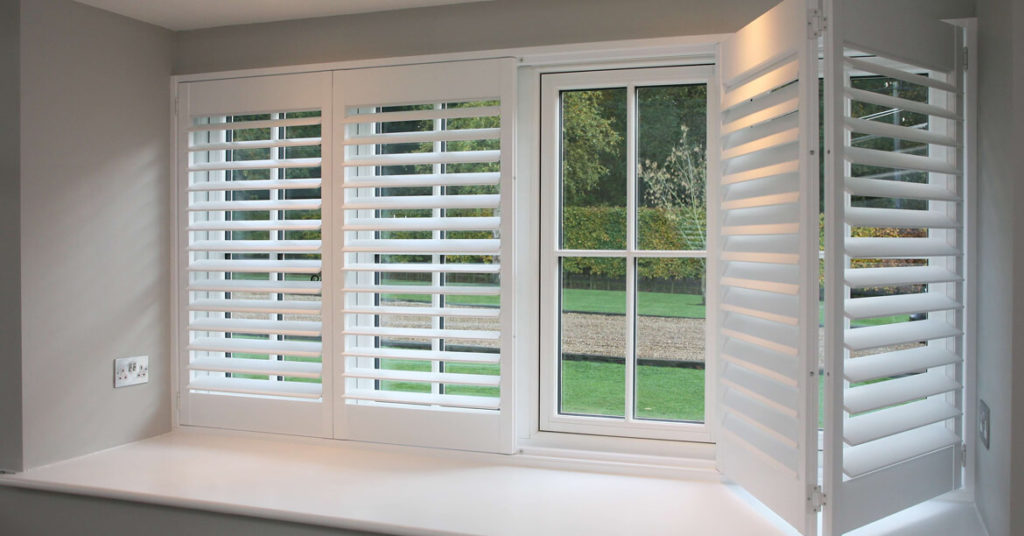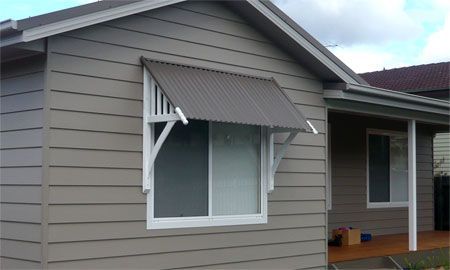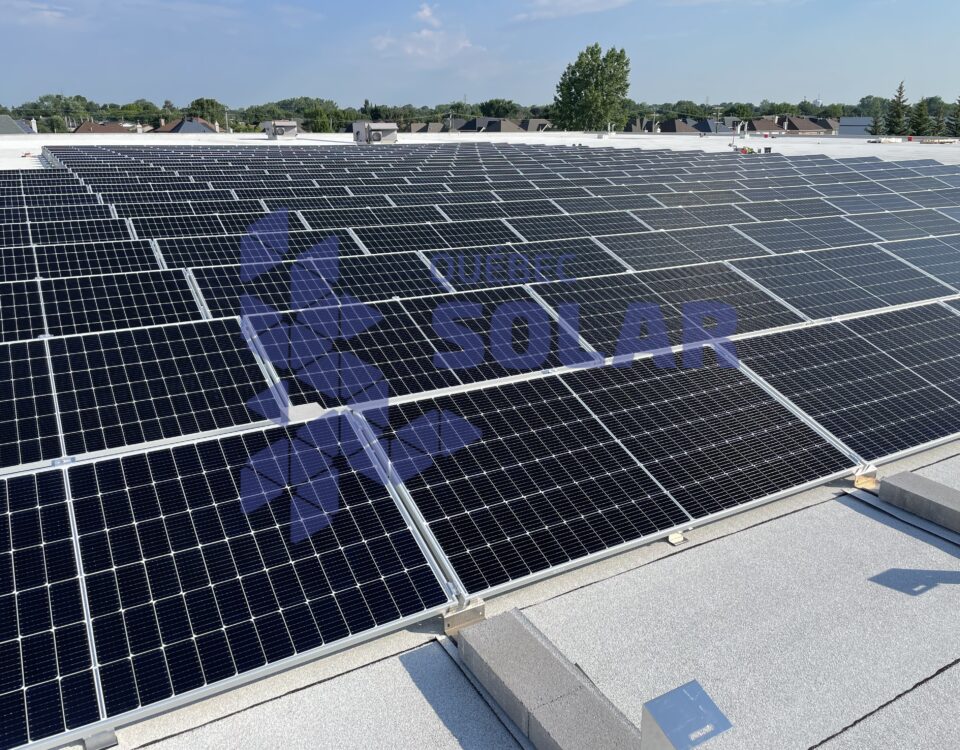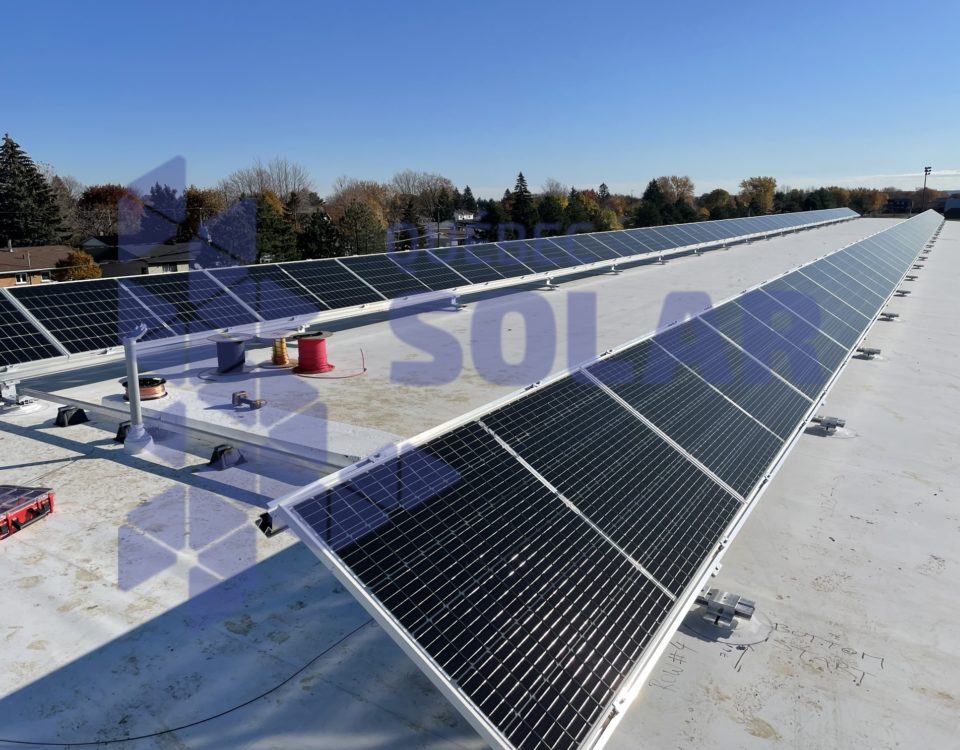
How can I reduce my energy consumption?

Inverter or micro-inverter, what to choose? And why?
May 25, 2020
How long does a solar energy system last?
June 2, 2020
The first thing to do before installing a solar energy system is to be aware of your energy behavior. This is necessary to determine how many solar panels will have to be installed to fill your consumption or to determine what portion of your consumption would be filled by them. Although the filled portion also depends on the surface available on your roof, to know how many solar panels could potentially be installed, the fact remains that knowing your level of electricity consumption is essential. The quickest way to find out your consumption level is to look at your old Hydro-Quebec bills. The amount of electricity you have consumed (in kWh) is displayed there. The Quebec average for a single-family home is 25,000 kWh/year.
Many people have asked us for tips to reduce their electricity consumption, the aim being to be able to meet a larger portion of their consumption with the solar panels they have/will have installed. This article is therefore intended for those wishing to reduce their energy consumption.
To make the reading easier, the tips are presented and explained one at a time. The list has two parts: the $ 100 and less tips and the $ 100 and more tips. $ 100 or less tips are often very easy to do and offer attractive consumption reductions, while $ 100 and more tips generally offers much more satisfactory results.
$ 100 or less tips
1. Lower the room temperature a few degrees.
Knowing that 60% of our electric bill corresponds to the heating of our rooms, this aspect is the first to improve when we seek to reduce our energy consumption. Hydro-Québec recommends heating the rooms to 20 °C in the non-summer period, although you could heat even less and save even more. The temperature you will choose is personal, but know that the less you heat, the better it is for your electrical consumption.
Hydro-Québec mentions that there is no point in trying to speed up the heating by setting the thermostat to a temperature higher than the one you want. It doesn’t work and just makes you spend more electricity than you need to.
That said, to help you decrease your heating, a good tip is to get smart thermostats. These allow you to program the heating according to your needs/schedule and no longer inadvertently leave them open. Being digital, they are more precise than roller thermostats.
While this stuff is about heating, the same logic applies to air conditioning. Try to limit the use of the air conditioner as much as possible. Again, the less you air condition, the better your electricity consumption.
Finally, whether for heating or air conditioning, keep the heat pump filters clean. This will improve their efficiency and thereby their energy consumption. Their cleaning can be easily done with a sweeper and must be done once or twice a year. If you want them to be even cleaner, you can then wash your filters in soapy water with a sponge. Remember to let them dry well before putting them back in your heat pump.
2. Increase the sealing level in your home.
Increasing the level of waterproofing can be done without having to tear down all your walls and without having to pay a large sum of money. Indeed, the simple fact of sealing the cracks in your windows and doors can help you greatly. The sealing can be done with conventional caulking. In winter, you can also close the ventilation holes of the foundation and install plastic films on the windows that you do not plan to open. Plastic films are sold in most retail stores. The image below shows the main sources of house air leakage. The better these leak sources are sealed, the less your losses will be.

3. Unplug any devices you are not using.
Our electrical devices always consume electricity, even when they are turned off. Although they use less electricity when they are turned off than when they are in use, this concept of “phantom power” is common for all the electrical devices we use at home. Depending on the models and manufacturers, the switched-off devices consume 5 to 10% of their nominal power. For example, a 400-watt television consumes 400 watts for each hour it works and consumes 20 to 40 watts for each hour it is turned off.
If you don’t want to worry about having to unplug the devices one at a time, you can get power bars. A single take will control 3 to 6 takes, making the operation more pleasant.
That said, phantom loads are often thought of as trivial and negligible, but they still make up to 10% of your electric bill. It is up to you to decide if the connecting/disconnecting trouble is worth it.
4. Lower the brightness of your devices.
This tip mainly concerns electronic devices, such as laptops, tablets, televisions, and cell phones. Brightness adjustment is usually done through the device settings.
90% brightness is often imperceptible, while saving energy and increasing the battery life of the device.
Regarding your lights, you can install dimmers to be able to adjust their intensity to your taste.
5. Use a clothesline or drying rack to dry your clothes rather than the dryer.
With a nominal power ranging from 4,500 to 5,500 watts, today’s dryers are very energy intensive. Even if you only use it once or twice a week, simply decreasing its use will give you amazing results. You will be surprised to see how much your electricity consumption increases during the days you have done laundry. And we all know clothes that dried in the sun smell very good.
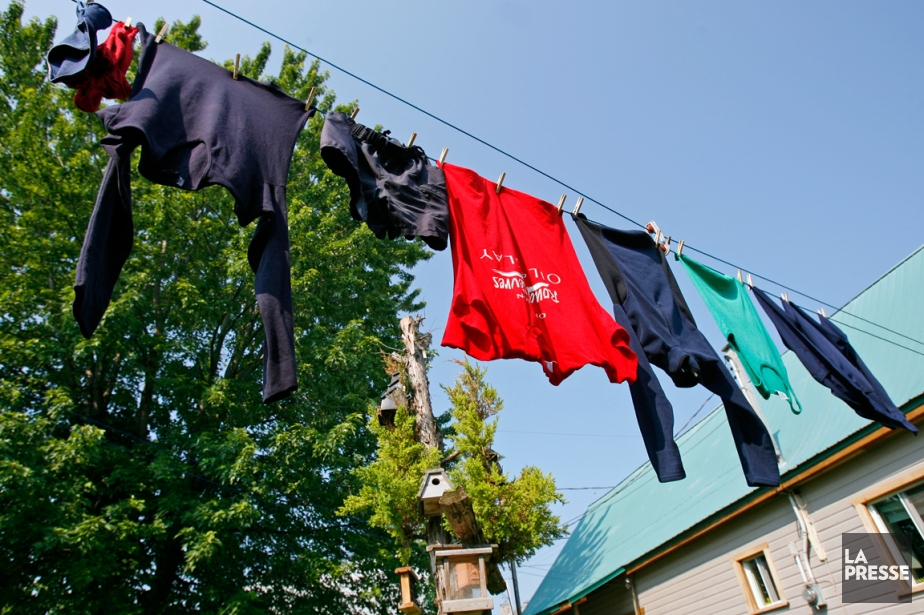
6. Wash your clothes in cold water.
When you do a load of hot water, 90% of the energy consumed by a washer is used to heat the water. Heating with cold water is therefore much more logical from an energy point of view. Luckily for you, most detergents today are designed to wash fabrics and remove stains with cold water. Moreover, when the water temperature is above 23 degrees Celsius (in the case of washing with hot water), the detergent becomes less effective and the stains penetrate the fabric even more to the point of sticking to it. Washing in cold water is therefore highly recommended.
7. Limit your water consumption.
In Quebec, we consume an average of 386 liters of water per day. Knowing that a large part of this water is heated for our daily activities (cooking, showers, hand washing, etc.), reducing your water consumption indirectly allows you to reduce your electricity consumption.
To do this, turn off the water when brushing your teeth; turn off the water when you soap and wash your hair in the shower; install low flow shower heads and faucet aerators; repair leaky faucets and think twice before installing a pool or spa in your backyard.

8. Replace your halogen or incandescent bulbs with LED bulbs.
The recent popularity of LED lighting is justified by the fact that it consumes 75% less energy than a standard bulb and that it does not contain mercury, a substance harmful to the environment. In addition, the lifespan of an LED bulb is 20,000 hours, unlike the 1,000 hours of an incandescent bulb and 2,000 hours of a halogen bulb. Although the cost of purchasing an LED bulb is higher, the longer life far outweighs the additional cost.
That said, today’s LED technology covers all shades of white light, whether it’s warm white light (slightly more yellowish) or cool white light (bright white)., The color temperature of the bulb is often listed on the packaging. It varies from 2500K to 7000K. The higher the temperature, the whiter the light and the lower the temperature, the more yellow the light. The image below shows the colors of the light depending on the temperature of the LED bulb.

$ 100 and more tips
1. Plant trees and shrubs on all sides of your home.
In winter, the cold northern wind is a major source of cold air intake for your home. A good way to counter it is to plant vegetation so that it redirects it away from your home.
In summer, with the east-west trajectory of the sun, placing vegetation on the east and west sides of your house can be beneficial. Indeed, the shade created by the vegetation reduces the solar gain, which decreases your need for air conditioning.
Finally, in front of your house, you can plant deciduous trees (trees that lose their leaves in the fall). In winter, the absence of foliage maximizes solar gains while in summer the foliage creates shade, which minimizes solar gains. It is a win-win situation.

2. Buy Energy Star appliances.
Energy Star certified devices are energy efficient devices that use 10 to 30% less energy than a standard device in the same category. Their purchase cost is often higher than that of non-certified devices, but the energy savings they provide partially offset the additional cost.

3. Have window coverings installed.
Windows are the weak link in a building’s thermal envelope. Classic windows generally have a thermal resistance 5 to 10 times lower compared to a wall that follows Quebec building regulations. Limiting the heat losses they cause is a great way to reduce your level of power consumption. The best way to reduce losses is by using window coverings.
Window coverings are available in several forms. Some are insulating shutters that fit inside the house while others are exterior awnings. The shutters minimize heat and air conditioning losses while the screens minimize solar gains in summer. Although most people choose only one of the two types of window coverings, the two work well together.
4. Replace your windows for tier 1 windows
As mentioned earlier, window coverings limit heat loss or minimize heat gain from a window. The fact remains that these devices have no role in maximizing thermal gains, hence the advantage of changing standard windows to high performance windows. The figure below shows the level of insulation for different types of windows. The higher the level of insulation, the lower the heat loss.

For your information, high-performance windows are generally triple or quadruple glazed, are filled with an inert gas (argon, krypton or xenon), have a low-emissivity coating, a low-emissivity film and a low thermal conductivity interlayer.
- Multiple glazing increases the thickness of the window, thereby increasing its level of insulation. The additional space added by the multiple glazing contains dry air, which acts as an insulator. It is important to mention that the thermal insulation performance is proportional to the number of glazings. Double glazing is more efficient than single, triple glazing is more efficient than double, and so on.
- Filling with inert gas decreases the circulation of air inside the window, which reduces convection losses.
- The low-emissivity coating is applied to the glazing and limits radiation losses.
- The low emissivity film is between the glazing and limits radiation losses by blocking UV and infrared rays.
- The interlayer with low thermal conductivity is made of aluminum parts which fix the glazing at equal distances, which reduces conduction losses.
5. Increase the insulation level of your home walls
In the same logic as for windows, increasing the level of insulation of your home walls means that you will have less heat loss, which will reduce your electricity consumption. The higher the level of insulation, the lower the losses.
The table below shows the requirements of the Quebec Construction Code for the energy efficiency of a house. Values are shown in R (imperial unit) and RSI (metric unit) and apply for new construction. The higher the number of heating degree days, the greater the minimum insulation value required.

In the context where you want to increase the level of insulation in your home to decrease your level of electrical consumption, it is recommended to exceed the values shown in the figure above. As an indication, the best performing houses in Quebec (LEED Platinum certified for example) have R30 walls and an R50 roof (not to mention the fact that they probably also followed all the tips presented in this article).

